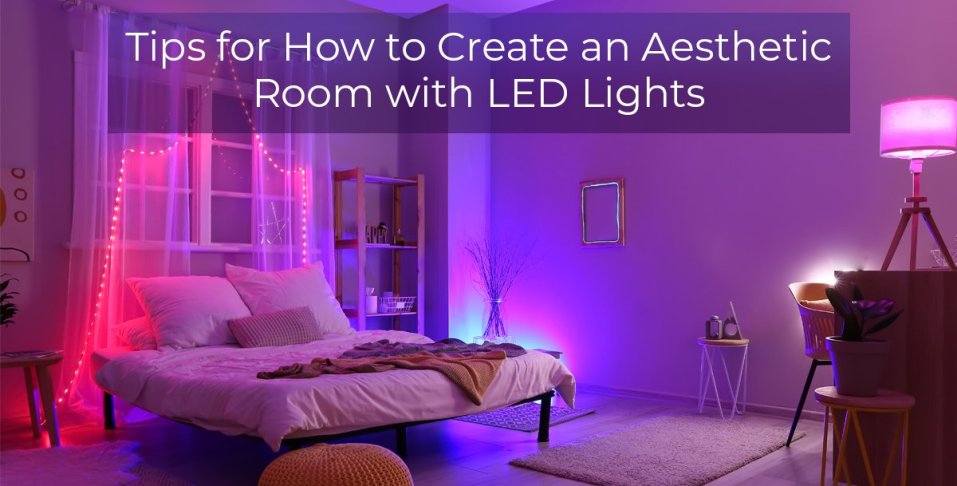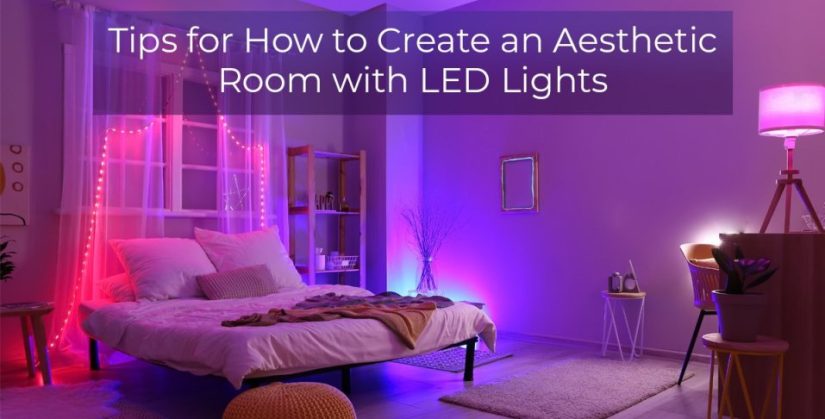
Planning to Showcase Performances at Your Music Event? Here’s How to Select the Ideal LED Display Screens
If you’re hosting a music event and aiming to showcase performances throughout the venue, you’re well on your way to crafting an unforgettable atmosphere. Featuring performances on large screens is an excellent method to enhance attendee satisfaction, making sure that everyone—whether they’re right at the front or hanging out by the food trucks—can witness the action. Nonetheless, selecting the appropriate LED display screens involves more than merely choosing something that is large and bright.
With an array of choices available that differ in size, brightness, pixel pitch, cost, and technology, understanding what to consider will assist you in maximizing visual impact and steering clear of technical difficulties. In this guide, we will guide you through the essential factors to consider when picking LED screens for your music occasion.
Select Screen Size According to Viewing Distance
The ideal screen size is primarily influenced by how far your audience will be positioned from the display. While screens flanking the stage are typical, it’s essential to consider screens for the rear of the crowd or distributed throughout the venue—especially for larger events. Here’s a simple guideline: the greater the viewing distance, the larger the screen should be.
If you are uncertain about the appropriate size, seek advice from an experienced LED screen rental provider. A trustworthy company will assist you in selecting a screen that matches the right pixel pitch and dimensions based on your venue, anticipated audience size, and budget.
Ensure Brightness Aligns with the Event Setting
For daytime events or those that transition from day to night, your LED screens must provide adequate brightness. Ideally, look for screens with a brightness level of at least 5,000 nits for outdoor settings. If your event takes place entirely in the evening or indoors, while ultra-high brightness may not be essential, the screens still need to stand out amidst stage lighting and ambient effects.
Using screens that do not complement your lighting situation can lead to significant viewing challenges. Attendees may struggle to see what’s displayed if the brightness is insufficient, which undermines the very purpose of having screens in the first place.
Plan Screen Positioning Strategically
Screen positioning is just as crucial as the quality of the screen itself. While the obvious placements are flanking the main stage (and possibly over it), don’t limit yourself to these spots. Analyze the complete venue layout: Might attendees in the back gain from extra screens? Could side-view sections benefit from angled displays for improved sightlines? Are there congested areas near concession stands or restrooms where people would like to continue watching?
Mapping out the venue and comprehending foot traffic will assist you in positioning displays for maximum effectiveness. Think about mounting screens on trusses, walls, or specialized LED trailers for added versatility.
Ensure a High Refresh Rate for Flawless Coverage
If you plan to live-stream performances to your screens, the refresh rate becomes vital. A refresh rate of 3,840Hz or above is recommended to guarantee smooth visuals without flicker or lag. This is particularly crucial for high-energy music shows where flashing lights and rapid movements can exacerbate stuttering problems on screens with low refresh rates.
Even high-definition visuals may be impacted negatively if the refresh rate does not meet the standard, especially when being captured and displayed in real-time.
Coordinate Power and Rigging Needs
Amid all the excitement and planning regarding content and placement, don’t overlook practical details such as power needs and screen rigging. Each display screen will require a dependable electrical connection, suitable rigging equipment (particularly for larger or elevated setups), and complete compatibility with your audio-visual infrastructure.
Before your event day, ensure that your display screens integrate seamlessly with your media servers and that you have all necessary adapters, cables, and backup equipment prepared. Many rental companies provide comprehensive AV packages and installation assistance—make the most of this!
Partner with a Trustworthy Screen Supplier
Arguably the most essential step in securing a successful display setup is selecting the appropriate supplier. A reliable LED screen rental firm does more than just offer screens—they assist with logistics, install and configure everything, manage troubleshooting, and support you before, during, and after your event.
When assessing suppliers:
– Search for reviews and recommendations.
– Request a comprehensive quote that includes everything from setup and transport to disassembly.
– Inquire whether they provide on-site technical support during the event.
– Ask about their expertise in handling events similar in scale and design to yours.
Dependable providers simplify the hiring process considerably and provide valuable peace of mind throughout your event.
Conclusion: Build a Visual Experience that Enhances Every Beat
Exceptional sound isn’t the only factor that characterizes a music event—visual elements hold equal importance. Strategically placed, high-quality LED displays ensure that every attendee, regardless of their location, feels immersed in the performance.
By planning your screen size according to your audience’s viewing distance, guaranteeing high brightness and refresh rate, and collaborating with a reliable supplier, you will create an extraordinary, audience-pleasing experience that lingers in people’s memories long after the last encore.
If you’re prepared to explore your options, reach out to
